The medieval town of Óbidos is one of the most picturesque and well preserved in Portugal. Quite close to the capital and located on high ground near the Atlantic coast, Óbidos has had a strategic importance in the territory. It had already been settled prior to the Romans’ arrival in the Iberian Peninsula, and the town prospered after being chosen by the royal family. King Dinis offered it to his wife, Queen Isabel, in the 13th century, and it became part of Casa das Rainhas (Queens’ Estate), who improved and enriched it throughout the various dynasties. This is one of the main reasons for the high concentration of churches in this small place.
You will find a well preserved castle within the walls, and a maze of streets and white houses that are a delight to stroll amongst. Along with the Manueline porticoes, the colourful window boxes and the small squares, many fine examples of religious and civil architecture from the town’s golden days provide a host of reasons for making a visit.
The main entrance to the village is the Porta da Vila, a double gate with the interior lined with XVIII century tiles, directly moving towards the Rua Direita, main street, somehow narrow and with a flagstone paved ditch in the middle, a series of white houses on the sides, decorated with geraniums and bougainvillea, mainly housing by craft stores, restaurants, and art galleries.
Walking around the walls will be a pleasant experience, offering excellent views of the area. Walking around its charming streets, you will meet face-to-face with the heritage of past civilizations. From the corners and interior gardens of the old town, to the presence of Gothic style, as well as renaissance and baroque, this village is truly an artwork admirably sculpted, rebuilt for centuries and excellently preserved.
This ancient presence and the varied current cultural programming make Óbidos one of Portugal’s most interesting touristic destinations, with is castle being considered one of the seven wonders of Portugal. Discover the best things to do and see and the best places to visit in Óbidos!
1. Castle of Óbidos
Discover the Castle of Óbidos, currently adapted to house the first and most luxurious pousada in Portugal. The Castle of Óbidos, Roman in origin, was erected upon a hill and, later, fortified under Arab rule. After being conquered by the Christians in 1148, it was rehabilitated and expanded several times.
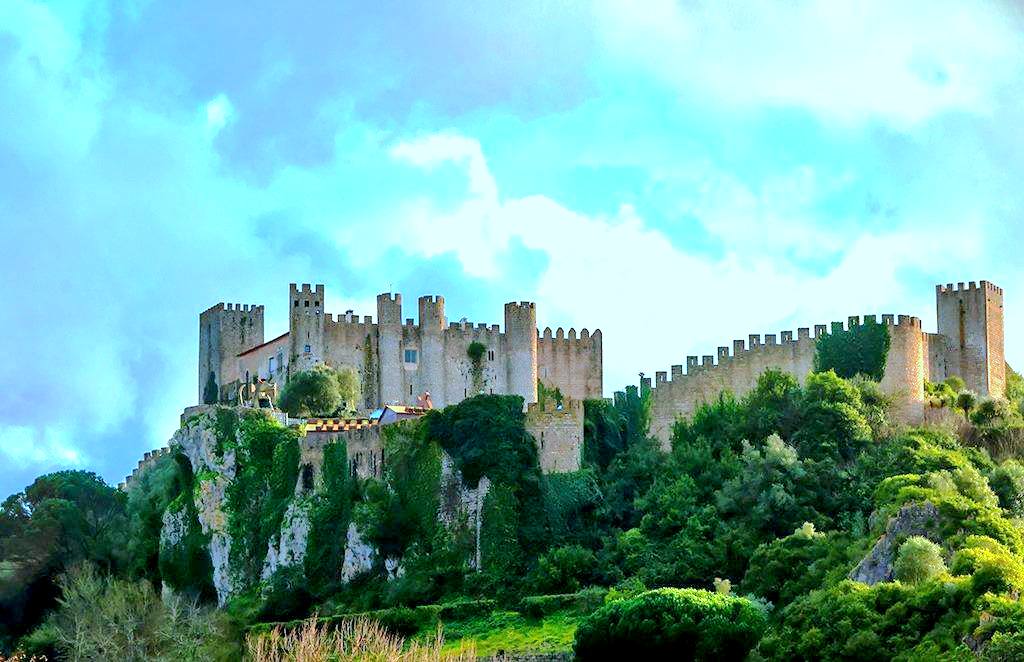
During the reign of Manuel I (XVI century), the castle was transformed into a palace. Nowadays, since 1950, the castle is home to the luxurious Pousada Castillo de Óbidos, with six rooms and two suits. The castle still preserves valuable elements such as the entrance archway, the manueline style windows, geminated; or the open-air aljibe discovered in 1931 next to the homage tower.
2. Church of Santa Maria
The Rua Direita leads to the Praça de Santa Maria, dominated by the church with its white bell tower and a lovely Renaissance portal. At the time when the Moors were the lords of the region, this was the site on which they built their mosque. When D. Afonso Henriques captured Óbidos in 1148, a Christian church replaced the mosque. The church we see today dates from the sixteenth century. In the interior, the walls, covered from top to bottom with eighteenth-century azulejos, and the painted wooden ceiling produce a fine decorative effect. It is also worth having a look at the Renaissance tomb of D. João de Noronha, who was alcaide or commander of Óbidos in the sixteenth century; this is a masterpiece of Renaissance tomb sculpture, attributed to João de Ruão.
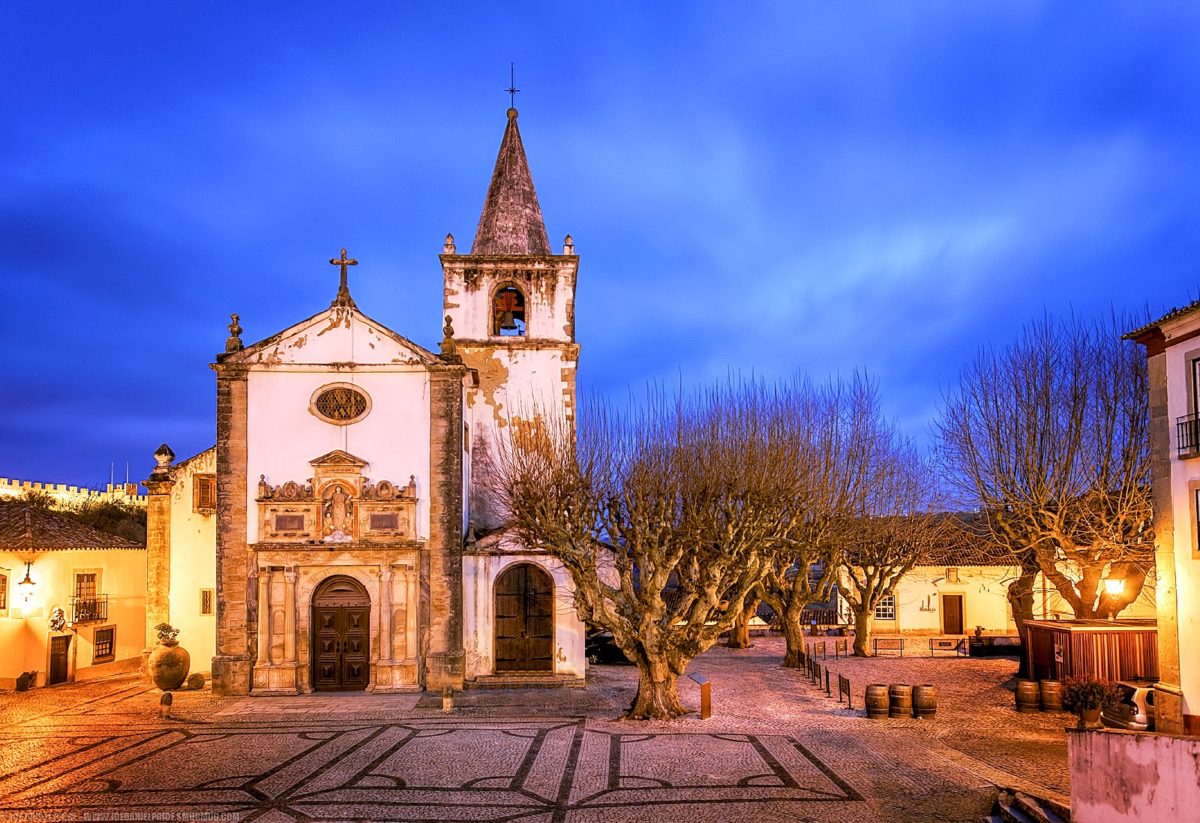
In particular, take time to appreciate the charm of the paintings by Josefa de Óbidos (1634-1684), where the sacred and profane mingle in an atmosphere of gentle sensuality and mysticism, such as in the retable representing the Mystic Marriage of St. Catherine, to be found in the sacristy. Much of the work of this remarkable painter is kept in museums, especially the museum in Óbidos. The artist is buried in the church of S. Pedro, in the square of the same name. In this church, on 15th August 1441, Infante D. Afonso (later D. Afonso V of Portugal) married his cousin D. Isabel. He was ten and she was eight. In the square by the church the stone pillory is decorated with a fishing net. D. Leonor, wife of D. João II, wanted to pay homage in this way to the fishermen who picked up the body of her son D. Afonso, who died after a riding accident by the River Tagus, in a fishing net.
3. Sanctuary of Senhor da Pedra
The Santuario do Senhor Jesus da Pedra sanctuary is located outside the city walls of Óbidos. This sanctuary, by architect Capitán Rodrigo Franco, was built of stone around 1747 in memoriam of D. João V, becoming one of the most interesting baroque buildings of Portugal due to its hexagonal floor. Over the main altar, a true paleochristian cross can be seen, which used to be in an annex chapel. This was an important pilgrimage destination, and even to this day, there is a yearly celebration on May 3rd.
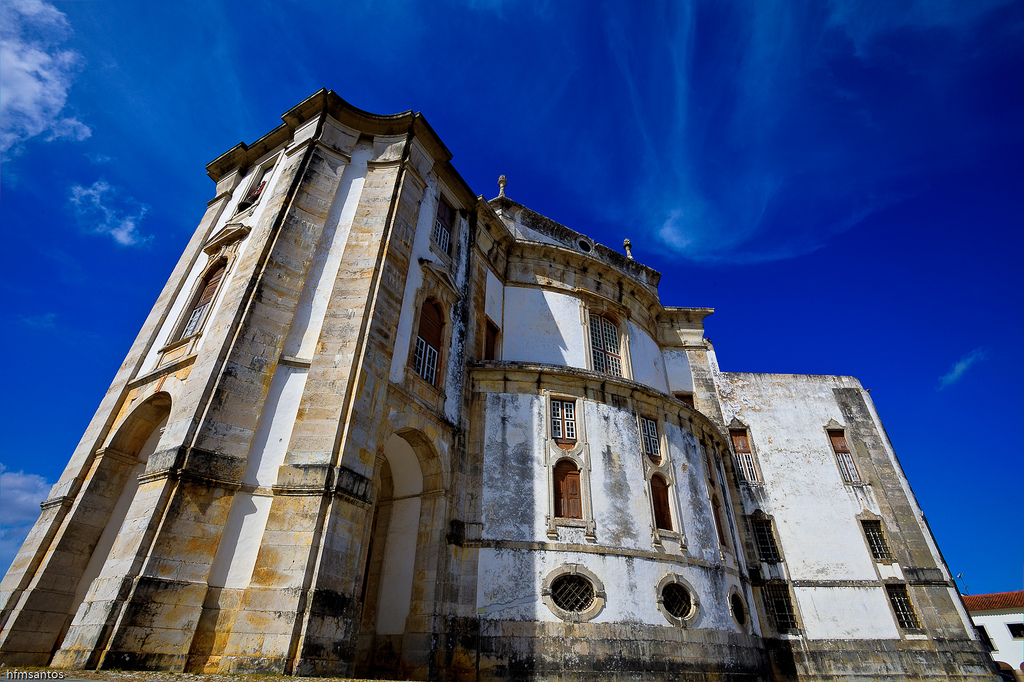
Inside there are three chapels: the presbytery, devoted to the Calvary, with an oil painting by André Gonçalves; the lateral chapels devoted to Nossa Senhora da Conceição; and the death of Saint John, with paintings by José da Costa Negreiros. Noteworthy is the stone image of Christ on the cross that can be seen in the Presbytery. Whilst kept at the shrine, it received great devotion (especially by King Juan V) until the inauguration of the sanctuary.
4. Porta da Vila
Porta da Villa is the main entrance to the town of Óbidos. It is a double gate with the interior covered in blue tiles dating back to the XVIII century, leading directly into Rua Direita, the main street. On the top of this monumental entrance, there is a inscription «A Virgem Nossa Senhora foi concebida sem pecado original».
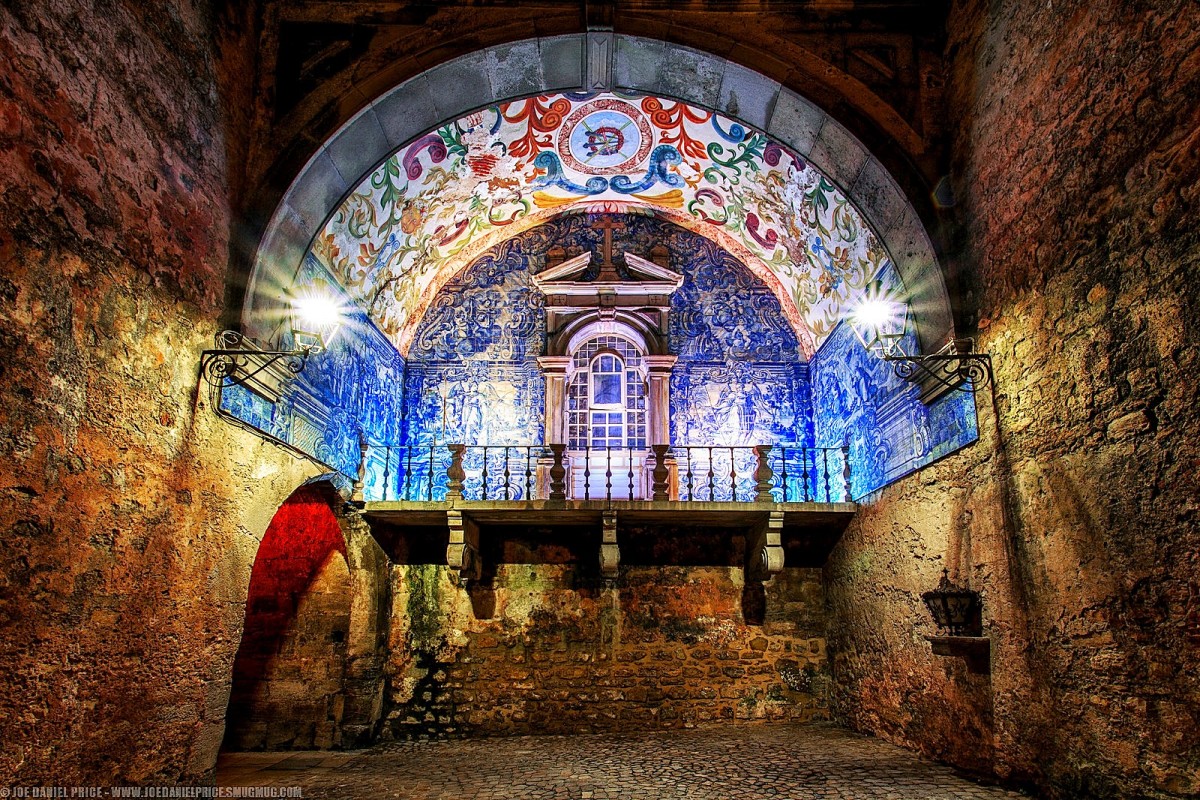
Inside there exists the chapel-sanctuary of Nossa Senhora da Piedade, patron virgin of the town, with a baroque balcony and blue and white tile dated around 1740 and 1750, with allegories of the Passion of Christ.
5. Óbidos Municipal Museum
The permanent exhibition of the Municipal Museum of Óbidos is a journey through the artistic production and religious devotion of the history of the Village. The collection witnesses the action of religious collegiate and the cultural enrichment marked by orders to some of the biggest names in Portuguese Art. It is worth mentioning the collection of paintings from the 16th and 17th centuries, which include works by André Reinoso and Josefa d’Óbidos. The Museum was inaugurated on June 15, 1970, with the presence of the then President of the Republic, Almirante Américo Tomás, the Cardinal Patriarch of Lisbon, Manuel Alves Cerejeira and several government officials. It was its first director the then president of the Chamber, Albino de Castro and Sousa (1922-1984).
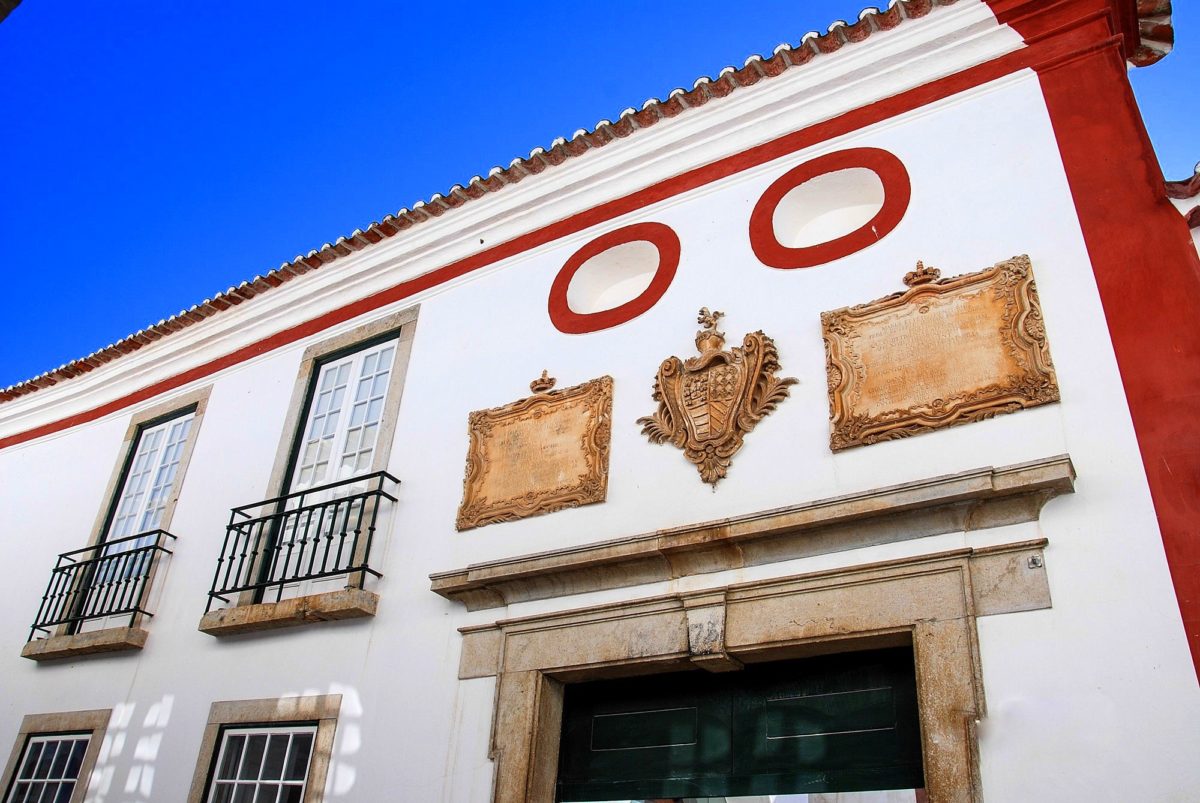
The Municipal Museum is part of the Western Museum Route. Another of the remote antecedents that led to the foundation of the museum is reflected from some cultural achievements in Óbidos, namely the Exposition of Sacred Art in 1954 and the Evocation of Josefa de Óbidos in 1959, producing an effect of expectation redoubled with the closure of the “regional museum,” installed in the small space of the Gothic chapel of S. Martinho, where there was a collection of archeology and architectural fragments, most belonging to Lieutenant Colonel Luís Torquato de Freitas Garcia.
6. Square of Santa Maria
Praça de Santa Maria is a beautiful square located a little bit southern of Rua Direita, the main street. The square is surrounded by a covered market and some old houses. In this square lie some of the most iconic monuments of the beautiful city of Óbidos, such as the Picota (XV century), crowning a fountain and carrying the arms of Queen Leonor, among them, the net signifying the death of her son, drowned in the river Tejo, near Santarém in 1491, since the corpse of the boy was taken to her covered in a fishing net.
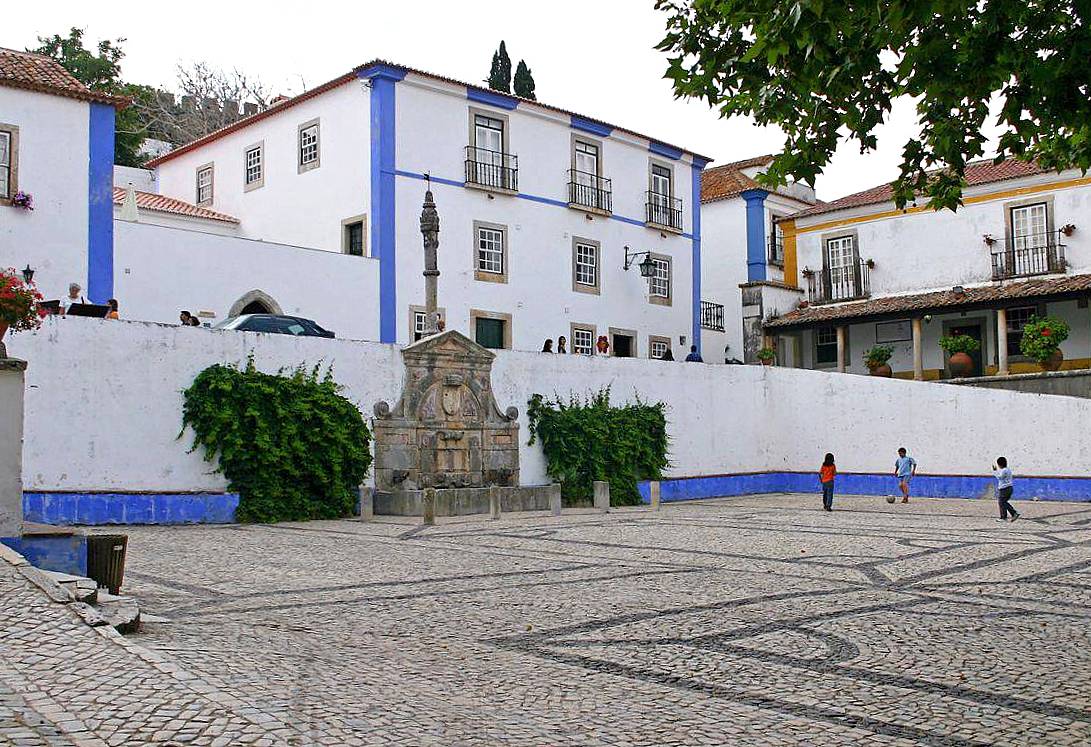
In this square also is the Igreja de Santa Maria Church, well known because it was the place where King Alfonso V was married to his cousin Isabel, aged 8. The interior is very interesting, especially the renaissance tomb, and the walls totally covered in blue tiles dating back to the XVII century. The square also accesses the Museu Municipal de Óbidos, located in an ancient stately house of the XVII century that was residence to painter Eduardo Malta, and inside of which a vast collection of religious art can be seen. Other interesting spots in the square are the Telheiro, former market until the early XX century; and the Casa da Picota, currently house to a municipal art gallery and internet space.
7. Óbidos aqueduct
Known as the Usseira aqueduct, once it started there, it revolutionized the water supply system to the village of Óbidos. It was built by Queen D. Catherine of Austria, wife of King John III, in 1573, and it was probably completed in the reign of Philip I. With its origin in a spring of Usseira, it ends at the Royal Fountain of the square of Santa Maria of Óbidos, making a total of six kilometers, three of them subterranean. The aqueduct is formed by three sections with only one register, where the arches are constituted in perfect back arcs, being in broken end in the passage of the roads.
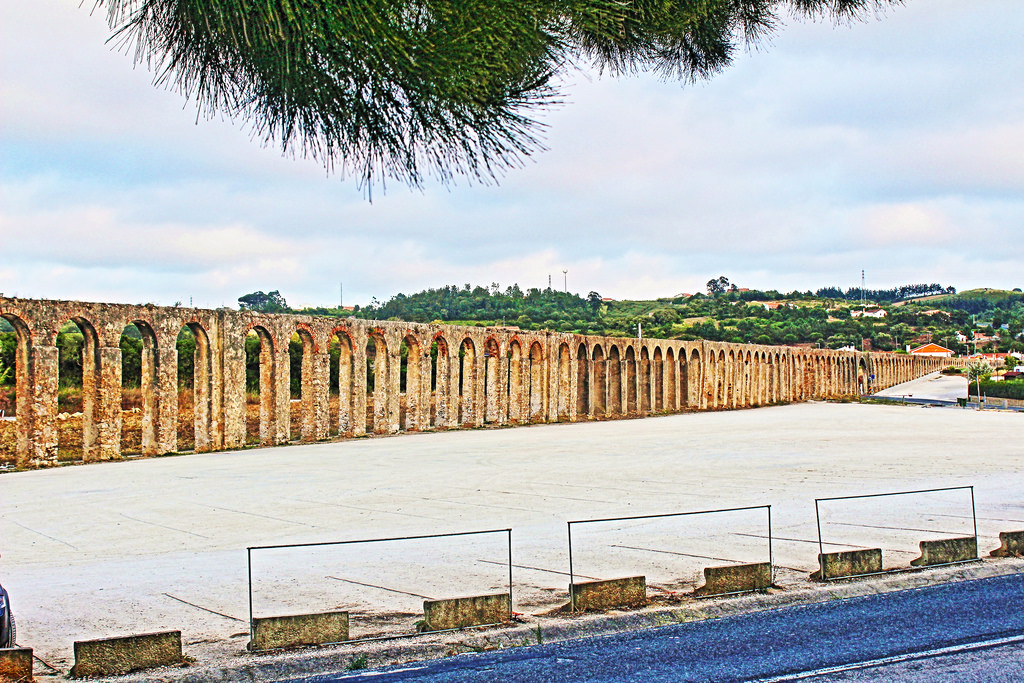
This structure underwent restoration works in 1611 and 1622. This year the fountain also underwent restoration, ending with the last restorations in 1717. Queen Catherine commissioned its construction in exchange for the “Várzea da Rainha” (fertile land outside the castle walls). The water was carried through a great number of high arches which crossed extensive vineyards and orchards and came to provide water to the town’s main fountains.
8. Museum Abílio de Mattos e Silva
The Museum Abílio de Mattos e Silva was established, by will of Maria José Salavisa, more than ten years ago in Óbidos, Portugal. This museum is focused on painter Abílio de Mattos e Silva, and is located in the building called Paços de Concelho, formerly used as town hall, court, prison, and – up to 2004 – the home of the Museu Municipal de Óbidos; as well as in the Casa do Arco, the house where the artists lived.
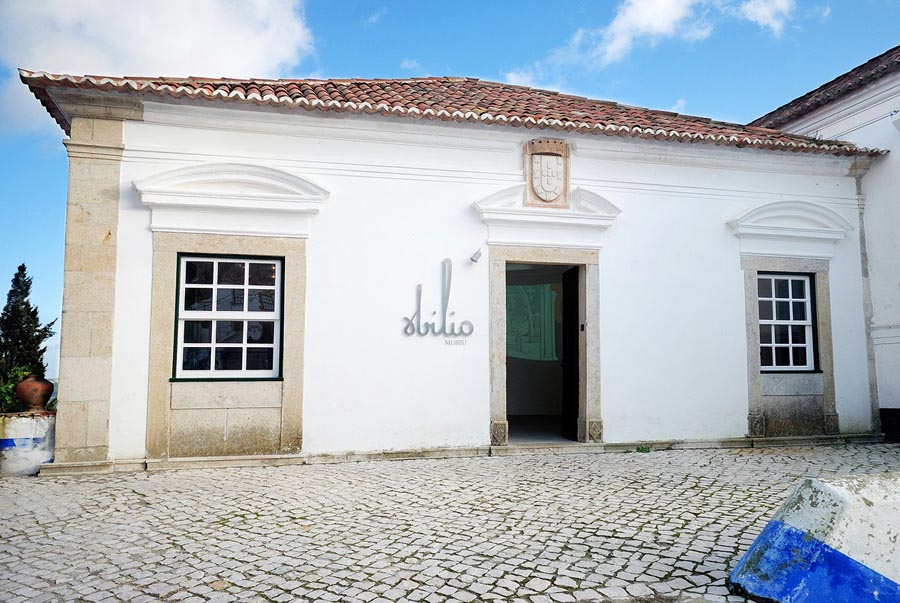
Abílio de Mattos e Silva was born in Sardoal in 1908. Despite not being born in Óbidos, he established close connections with the city, since it was in Óbidos where he grew up and lived with his wife, interior designer Maria José Salavisa. Besides being a promising plastic artist, he also devoted some time to other arts, such as opera and theatre.
9. Óbidos lagoon
The Óbidos lagoon is 17 kilometers afar from Óbidos. To get to it, you should take the road to Peniche and, in Amoreira, turn right towards the North. After crossing Vau, the road reaches the south part of the lagoon itself, a beautiful place covered in dense pines. Just before reaching the lagoon, you will find an old fishing village, today turned into a modest summer village known as Aldeia dos Pescadores, located next to the channel connecting the fresh water of the lagoon with the sea. Walking from here to the beach is a great experience.
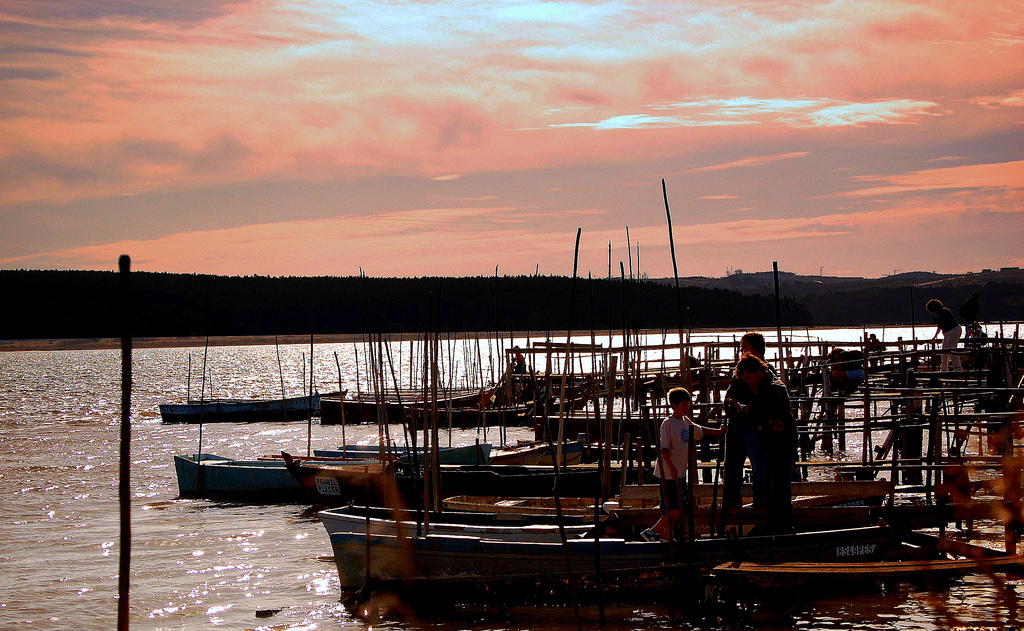
Opposite the channel, you can distinguish Foz do Arelho, a charming and family-friendly summer village, albeit kind of overcrowded in July and August. Next to it begins Praia Rei Cortiço, which extends to Praia de Baleal, east of Peniche. This is an incredible area for windsurfing.
10. Church of Misericórdia
The Igreja da Misericórdia Church of Óbidos is located next to the old paços do Concelho, in a lower plane to the parça de Santa Maria. This temple was founded by Queen Doña Leonor in the XVI century on the remnants of the Capela do Espírito Santo shrine. This temple is a landmark in both art and history. With the hallway dating back to 1596, this is the first baroque artwork in Portugal, in the height of the Renaissance and Mannerism, since – despite the Baroque being born in Italy in the XVI century – it is believed it didn’t arrive to Portugal for more than 100 years more.
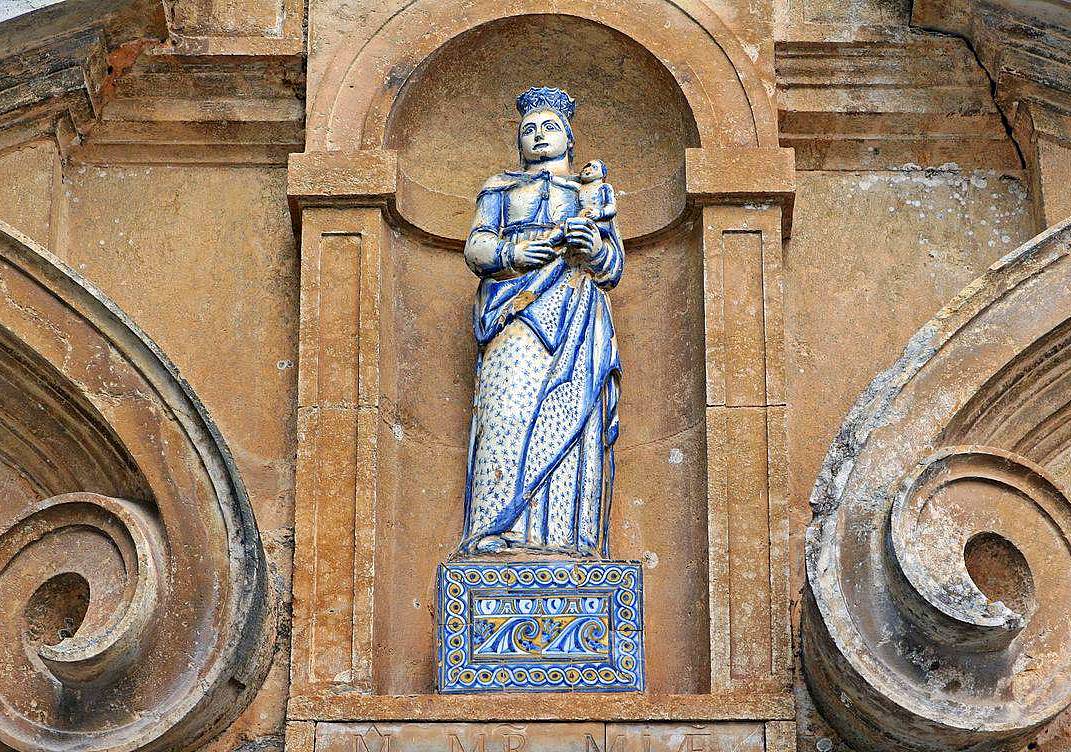
The triumphal arch and the retable of Misericórdia were painted in 1628 by André Reinoso, one of the most important Portuguese painters during the beginnings of Naturalism proto-baroque, normally identified with mannerism. His work already presented the chromatic value and classic anatomic interpretation that supposed the avant-garde of what would come seventy years later. Its interior, covered in polychromatic blue tile “Padrão” style of the XVII century and with frames on the paintings made in Lisbon factories. The church also features the tomb of D. Maria Luísa, countess of war, and maid to Queen D. Maria Ana de Áustria, as well as an important collection of artworks. In this temple there is the devotion to a historic and antique image of Nossa Senhora da Paz, deeply loved by all-time Óbidos people, that seems to have been an offering by Queen Santa Isabel to the old Capela do Espírito Santo shrine.
11. Church of São Pedro
The Igreja de São Pedro Church is a medieval temple, founded around XVII-XIX centuries, and rebuilt after the earthquake of 1755, located in the beautiful and walled city of Óbidos, Portugal. Little remains of the original building except some parts of the gothic façade. The 1755 earthquake only spared the golden altar (1690-1705), and the tower with spiral stairs.
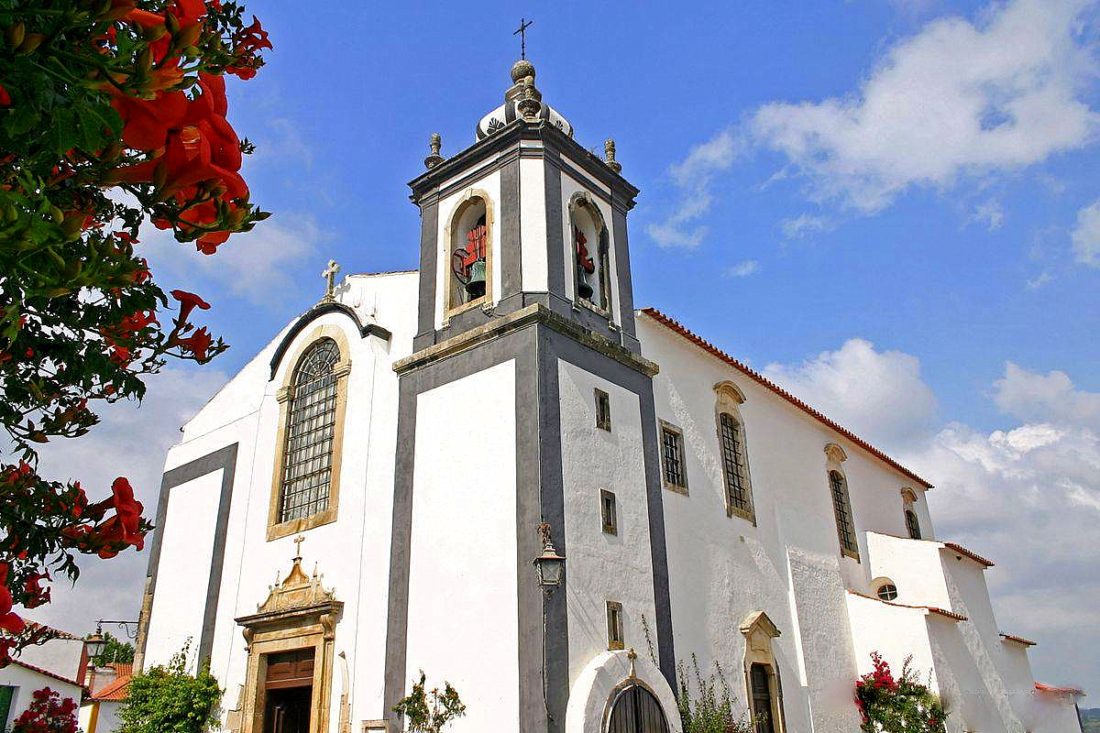
Its single-nave interior houses a valuable baroque altarpiece of Saint Peter receiving the keys of heaven by Christ, dating to the late XVII century or early XVIII, and located in the wall next to the epistle. In this temple are buried the famous painter Josefa de Óbidos and Father Rafael de Silveira Malhão. In front of this church is located the Capela de São Martinho Shrine.
12. Church of São Tiago
The church of São Tiago, located within the walls of the city of Obidos, near the entrance to the Castle, is a baroque and neoclassical style temple that was built in 1186 by order of D. Sancho, and later rebuilt after it was destroyed in the 1755 earthquake. It originally had three naves, with the main entrance facing west, so it was directly connected to the interior of the castle.

This church was intended for the use of the royal family during their stay in Óbidos, and was enriched during the passing of the centuries with numerous works of art, among them the Queen’s Gallery, a work of Gothic sculpture. The church was completely destroyed by the earthquake of 1755, so it was rebuilt in 1772, aligning its façade with Rua Direita. The main altar had an altarpiece representing St. Tiago Maior, dating to the second half of the sixteenth century, whose author is unknown. At the moment this work is in exhibition in the Municipal Museum of Óbidos.
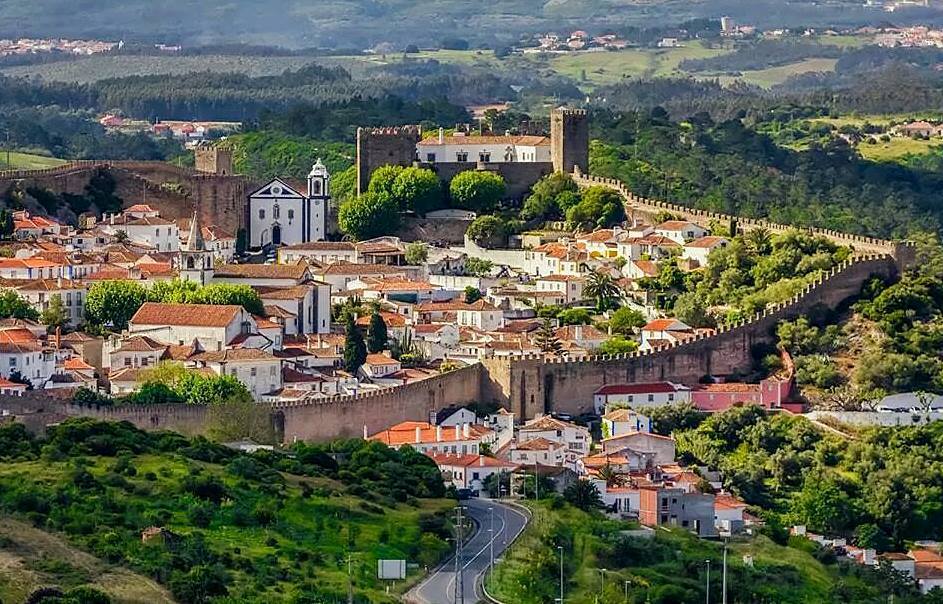
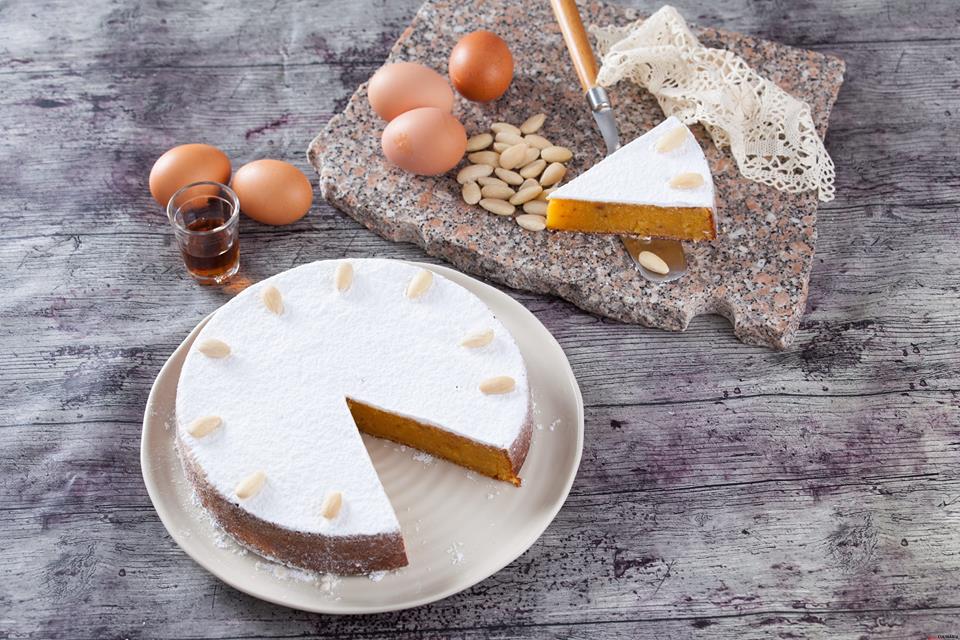
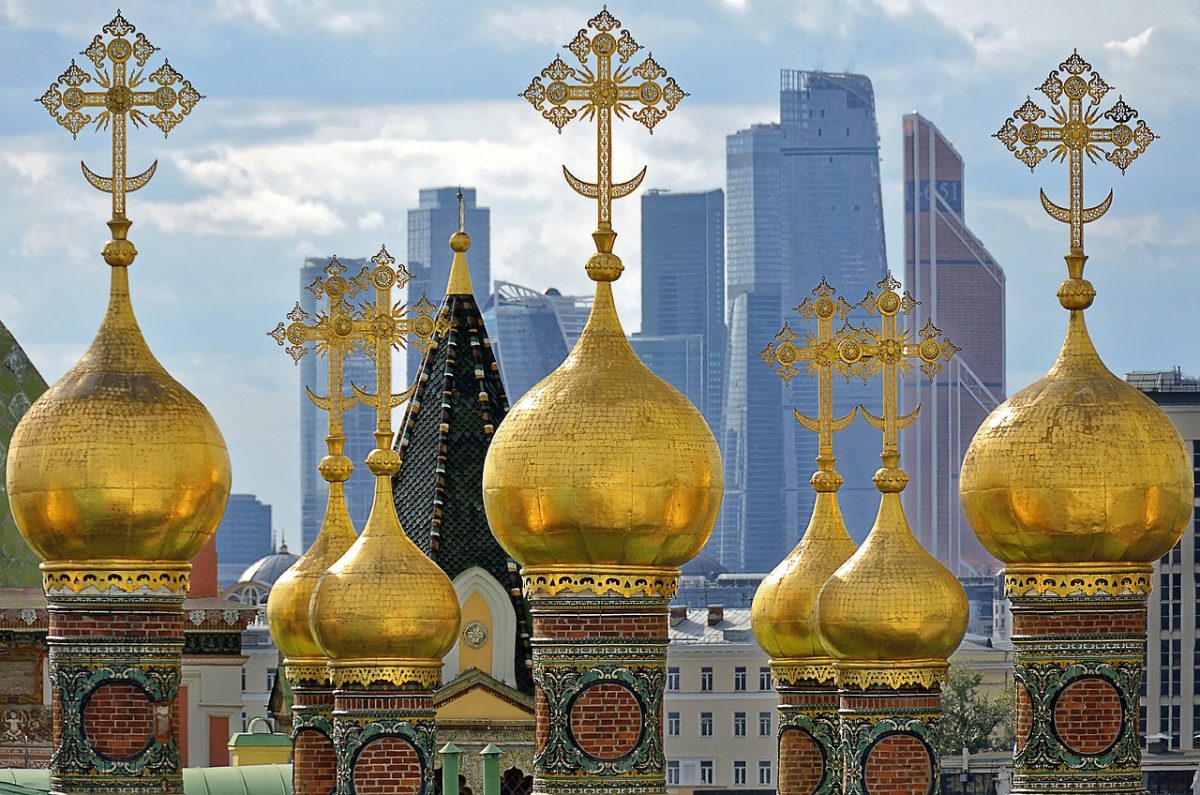


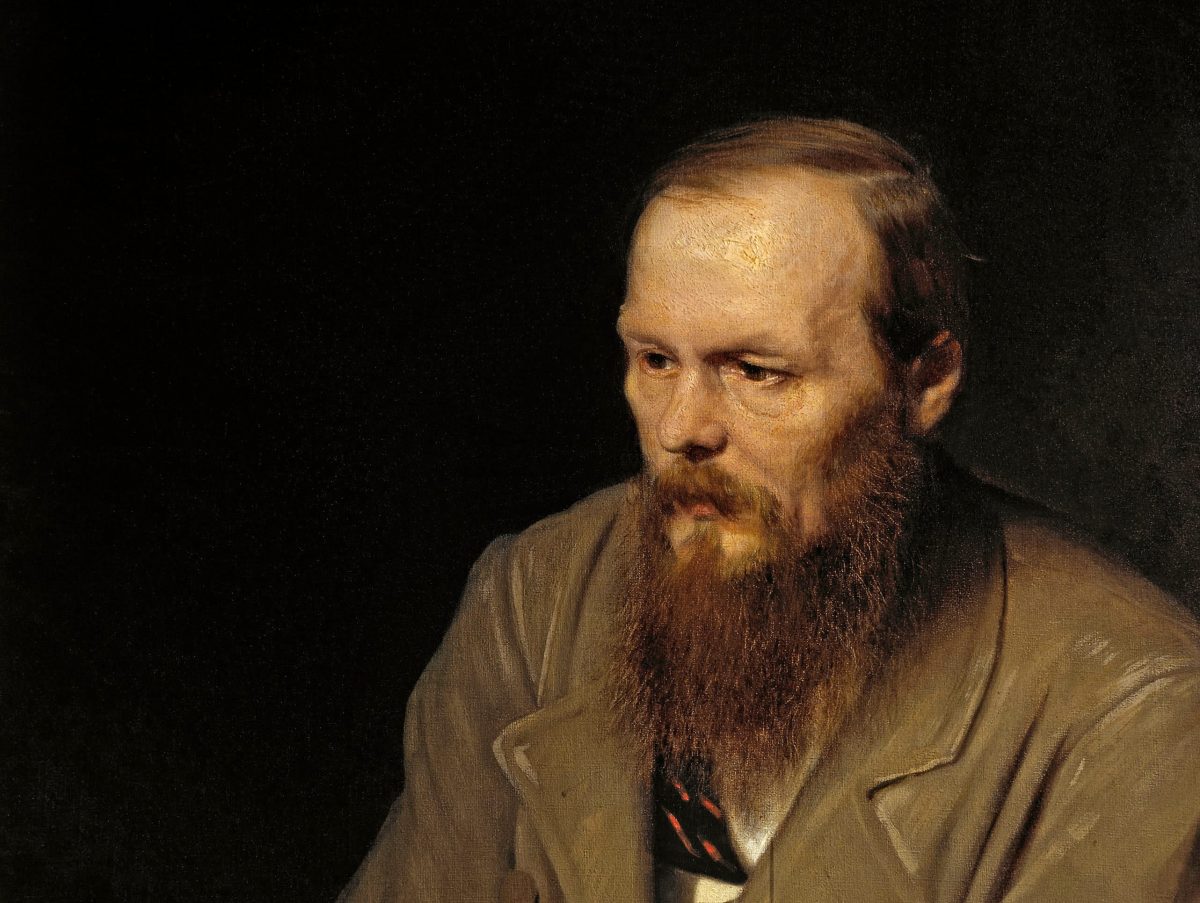
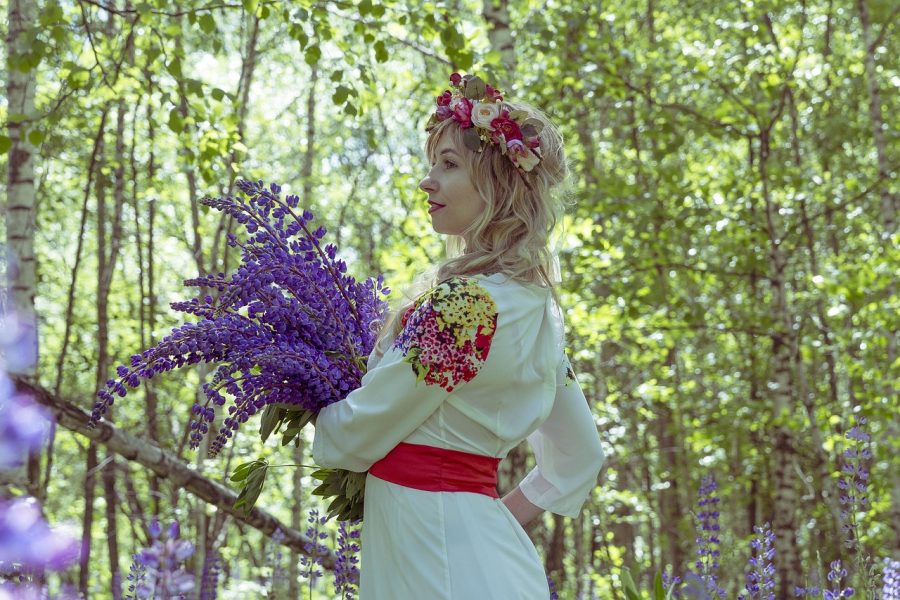
West Region of Portugal is Amazing!